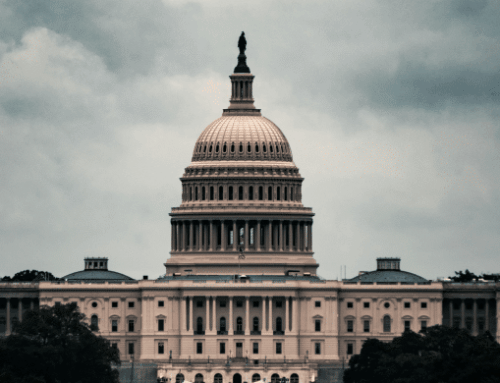Like flies to a load of … the still-amorphous-when-are-we-going-to-see-it-multi-trillion-dollar-infrastructure-plan is attracting bad ideas. Bad ideas, bad budgeting devices. Where to start?
First, the SHIPYARD (Sharing Help to Infrastructure in Ports, Yards, and America’s Repair Docks) Act, recently introduced by Senator Roger Wicker (R-MS) and co-sponsored by Senators from the major shipbuilding states, would take $25 billion from the Defense Production Act and spend it on improvements to public and private shipyards.
Of that total, $21 billion would be spent on the public yards in Norfolk, Virginia, Kittery/Portsmouth, Maine, Pearl Harbor, Hawaii, and Puget Sound, Washington. Okay, that’s a lot of cash in one big chunk, but we’re prepared to believe the Government Accountability Office’s recent report stating these public yards are limiting maintenance capacity for the Navy and we know that climate change is hitting these shipyards hard. And, after all, the Pentagon has a pretty massive discretionary topline of $715 billion according to the brief budget outline we’ve seen from the Biden Administration. If this is an important use of federal funds, surely it will be taken care of in the budget request, right?
Wait; hold the phone! Read the details in the Wicker legislation:
First, another $4 billion would be spent on improvements for private shipyards owned and operated by Ingalls Shipbuilding, Austal USA, Newport News Shipbuilding, Electric Boat, Bath Iron Works, Fincantieri Marinette Marine, and NASSCO General Dynamics. And, for those keeping score, three of the seven private yards are owned by General Dynamics (Electric Boat, Bath Iron Works, and NASSCO). These are some of the most financially successful private corporations in the WORLD, not just the United States, but they definitely need $4 billion in taxpayer dollars to maintain their own shipyards. NOT!
Second, these funds, “shall supplement and not supplant other amounts appropriated or otherwise made available for the purpose described”. That’s convenient.
Third, these funds would be allowed to waive “certain limitations” usually placed on the use of the Defense Production Act” and
Fourth, Congress designates this need as “an emergency requirement” under the Balanced Budget and Emergency Deficit Control Act of 1985 so it won’t score on the budget, but will add to the deficit.
So many, many reasons to object to this dash for shipyard cash. But, at least, this legislation would be debated as part of the normal Defense authorization and appropriations process, allowing for a full airing of the issues and the potential votes to curtail the bad ideas in the bill…right?
Well no. Not if it is tucked into the massive infrastructure package the President is proposing.
During a recent hearing of the House Armed Services Committee, the chairman of the Seapower Subcommittee, Rep. Joe Courtney (D-CT) said, “To me, this is an opportunity in the infrastructure package to do a major catch-up in terms of really neglect and deterioration.” The Chairman, Rep. Adam Smith (D-WA) also signaled support for the idea of asking for shipyard improvements as part of the multi-trillion dollar infrastructure package. Did we mention that two of the private shipyards that would receive part of the $4 billion portion of the bill are in Connecticut and Washington? Yes. Yes, we did. And if there is indeed “neglect and deterioration” isn’t that the fault of the private shipyard owners?
As we said earlier, shipyard maintenance is undoubtedly important to maintaining the Navy fleet. We have no quarrel with that. However,
- it’s specious to pretend private shipyards, owned by huge corporations, need a federal handout to maintain their physical plants,
- using an “emergency” budget designation is an abuse of that process, and an attempt to get around the normal defense authorization and appropriations process, and
- pushing this vast expense into an infrastructure package ignores that the Pentagon is the most generously funded portion of the discretionary budget.
Improve shipyards, but don’t do it like this.
- Image via Wikimedia Commons
- Wikimedia Commons










